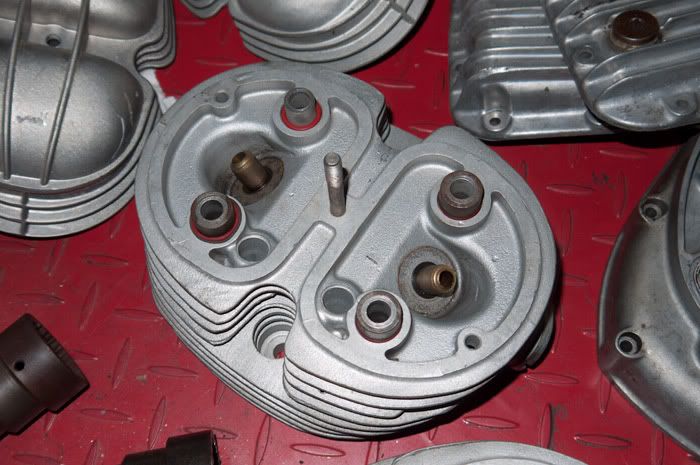jjwithers wrote:Yeah, i said possibly ceramic coating because i've had a clear ceramic coat applied to a timing cover and it is amazing. It wipes perfectly clean every time i was it. Also, most engine enamels are ceramic based...should i decide to go with an engine paint.
Would a simple 500 degree Dupi-Color engine enamel adversely effect the heat dissipation?
There has been a long-standing debate about whether engine paint will make your air-cooled engine run hotter. In the 70's-80's, painting engines black was very popular, and the mythology of the time argued that the black engine dissipated heat faster. In the last couple decades, that belief seems to have died down - at least the fashion has. I've never seen any real data that proves it one way or the other. You'd think, if it actually did something positive (other than aesthetic), Porsche would have started painting their engines.
The engine enamels you are speaking of are designed for water-cooled automotive engines where reducing the heat radiating off of the engine exterior is not a problem, and can, in fact, be desirable. They are designed to provide a rather thick coating that would not, I believe, be very attractive on an airhead cylinder head. As far as the "ceramic based" nature of engine enamels, while they may provide some heat insulating properties, I do not believe it would compare to the insulating properties of the ceramic coatings being used on headers, such as Jet-Hot, etc..
If you just soda blast that head to get it as clean as possible, I suspect that, over time, the two parts will look more and more like each other. Soda blasting the cylinder as well (to have identical textures on each part) might help to speed that process.
